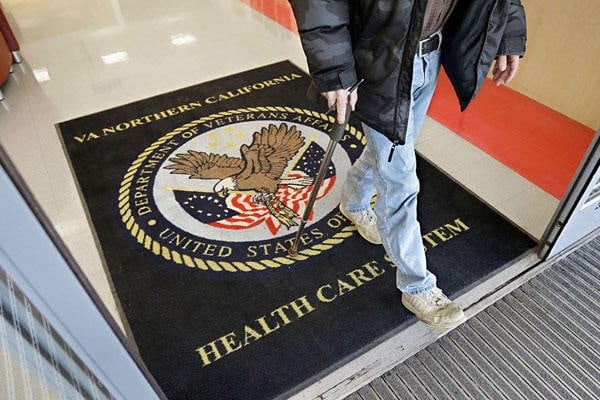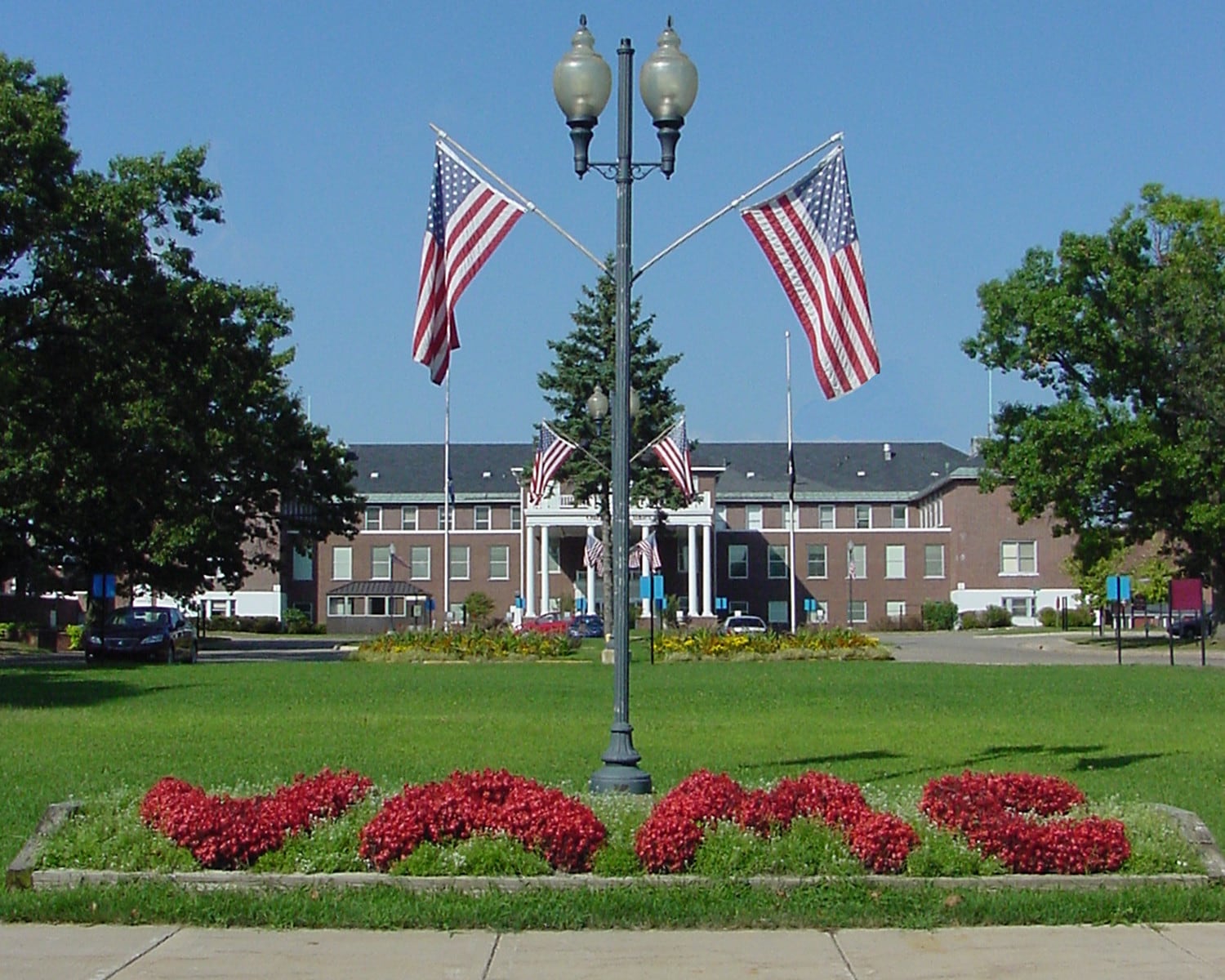Veterans who use community care programs to access private sector medical appointments may not be receiving faster, better or less expensive care than if they used Veterans Affairs physicians, according to a new outside analysis of the health care options.
Advocates said the lack of clear data on the topic is concerning given the significant growth in the program in recent years and the emphasis placed on the community care program by lawmakers and federal officials.
“The complexity of the Veterans Health Administration patient population makes care coordination critical for improving patient outcomes and decreasing costs,” researchers with the RAND Corporation wrote in the new report, released Tuesday. “Poorly coordinated care between VHA and community care providers could result in confusion for patients, duplicative tests, increased costs, and lower-quality care.”
RELATED

Community care programs have been used by VA for decades to help supplement department medical appointments and procedures. But the program has dramatically expanded in recent years, with critics of the VA health care system saying the private sector physicians are needed to cut down on veterans’ wait and travel times for health care.
In 2018, Congress adopted the MISSION Act, which expanded eligibility for accessing the outside medical appointments — with VA paying for the associated costs.
Earlier this summer, VA officials reported that 44% of all health services are handled through community care offerings.
The budget for those programs more than doubled from fiscal 2014 to fiscal 2021, when spending topped $18.5 billion. That equated to nearly 20% of all VHA spending. The fiscal 2023 budget calls for that total to rise to about 23%.
Conservative groups have pushed for even more, saying that outside care provides faster and cheaper options for patients than VA medical centers can provide. Union groups and progressive advocates have disputed that idea, and said that pushing too much care outside of the VA system amounts to privatizing the federal government’s responsibilities to veterans.
The new RAND analysis said data still doesn’t exist to prove claims that community care is a better choice for most veterans.
“Little is known about how the costs of care provided directly by VHA compare with the costs of community care,” the authors wrote. “Although comparisons between the cost of VHA-delivered and community care are limited, there are some indications that community care may be more expensive than VHA-delivered care.”
Similarly, the researchers said that studies so far indicate that access to private sector medical appointments “may be no better than access to care at VHA facilities,” especially as VA has improved appointment wait times in recent years.
“However, there may be certain populations of veterans for whom community care has significantly improved access,” the report states.
“Rural veterans, who make up nearly half of VHA patients, are more likely to live in areas with provider shortages and hospital closures, and they generally have to drive greater distances to see providers Community care may improve access for [those] veterans,” the report adds.
The report also notes that private sector physicians without specific training on veterans’ issues may be more likely to miss complications arising from military sexual trauma, battlefield injuries or toxic exposure in the service.
That last category is of particular focus given the recent passage of new military toxic exposure legislation, which could provide expanded medical care and disability benefits to more than 3 million veterans in coming years.
RELATED

The RAND researchers did not say that the questions surrounding VA community care programs should be used to curtail or shut down the offerings. Rather, they pushed for more data collection, so federal officials can better manage the growing programs.
“As Secretary of Veterans Affairs Denis McDonough recently stated, the future of VHA depends on its ability to attract veterans to its facilities and keep those veterans returning for their needed medical care,” the report states.
“Coordinating with community care providers and ensuring that eligible veterans can access the high-quality care they need in a timely fashion, whether at VHA facilities or in the community, will be integral to achieving those goals,” the report adds.
The report is available on the RAND website.
Leo covers Congress, Veterans Affairs and the White House for Military Times. He has covered Washington, D.C. since 2004, focusing on military personnel and veterans policies. His work has earned numerous honors, including a 2009 Polk award, a 2010 National Headliner Award, the IAVA Leadership in Journalism award and the VFW News Media award.


